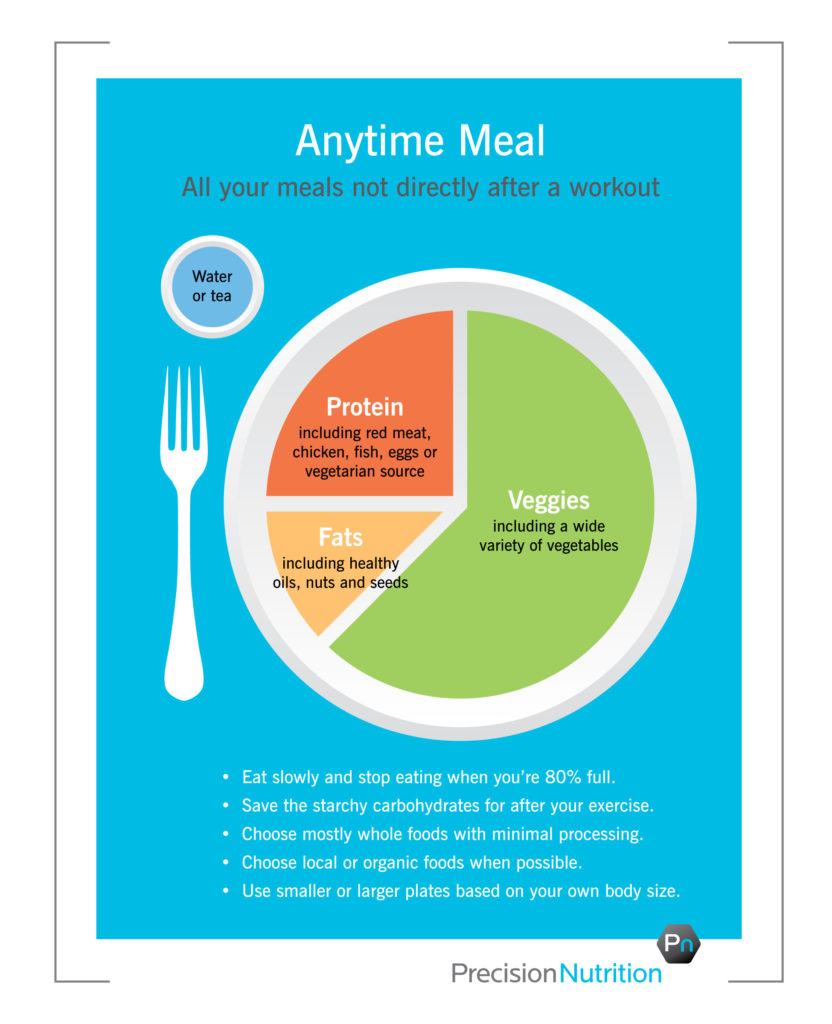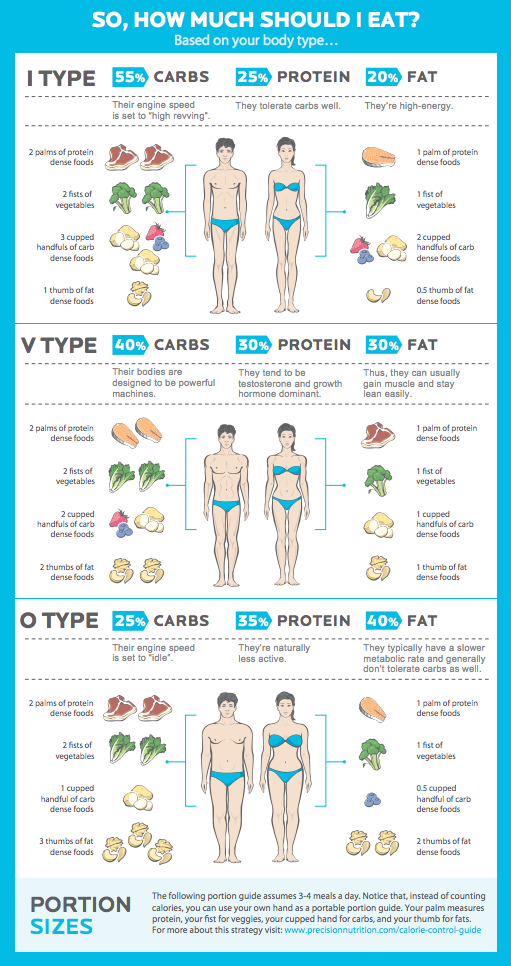Create Your Fitness
Workouts and Exercises
Cardio and Core
Back and Hamstrings
Plyo and Core
3 Full Body Flows
Biceps and Triceps
7 min Yoga Flow: Sun Saluations
5 min Yoga Flow: Split Leg Series
Advanced Stability
Advanced Strength
Advanced Core
Foundational Movement Technique
Loaded Spinal Position
While loaded, the stable neutral range is the safest and most effective position for the spine to be in.
Align the bottom for points of the ribcage and the top four points of the pelvis by pulling the ribcage in toward the spine and tilting the front of the pelvis slightly up.
From the side view, the bottom points of the ribcage and the top points of the pelvis should form the points of a square.
Common Plank Errors
While in a plank, the spine should always remain neutral and horizontal. Common errors include
- Dropping the head below the shoulders.
- Dropping the pelvis below the shoulders.
- Lifting the pelvis above the shoulders.
Horizontal Press/Pull Technique
When pressing or pulling horizontally the hand should be aligned with the shoulders when arms are fully extended and aligned with the bottom of the chest when bent.
The most beneficial position for the shoulders is found by placing the elbows at a 45 degree angle from the torso.
Shoulder blades should move apart when extending the arms and come together when bending the arms. The shoulders should initiate all movement in this position.
Common Horizontal Press/Pull Errors
The most common errors in this position are lifting the elbows to the height of the shoulders throughout the movement.
Other errors include not initiating the movement through the shoulders and rotating the torso to create momentum.
Vertical Press/Pull Technique
When pressing or pulling vertically, the hands should be just slightly wider than shoulder width nearly aligned.
Movement is initiated at the shoulders as the shoulder blades rotate downward and upward with movement.
The spine should stay neutral at all times.
Common Vertical Press/Pull Errors
Common errors in this position are to have the arms much wider than shoulder width or to have the . This is not necessarily unsafe, it just less stable and can be considered an advanced progression to be purposefully programmed.
Other errors include flaring the ribcage
Squat Technique
All four corners of the feet should remain firmly planted on the ground throughout the duration of the movement.
Push the hips slightly back and down towards the floor as if sitting in a chair.
The knees should point out toward the middle outside toes.
Press into your heels to come up.
Common Squat Errors
Avoid allowing the knees to fall in toward the arches of the feet and allowing the knees to push far forward with no counter movement through the hips. Also, avoid rounding the back. The spine should stay neutral throughout.
Asymmetrical Squat Technique
Asymmetrical squats and lunges follow many of the same cuing as squats for the dominant leg or front leg: Makes sure the knee rotates out and that there is lots of movement through the hip.
The back knee is best positioned slightly behind its respective hip.
Hinge Technique
The hinge requires a neutral stable spine throughout the duration of the movement.
Keep the four corners of the feet pressed firmly into the ground.
Push the hips back as you bend the torso forward and press into the heels to bring the hips forward again.
Asymmetrical Hinge Technique
The asymmetrical hinge follows much of the same cuing as the regular hinge: Maintain a neutral, stable spine and push the hips back as you bend the torso forward.
Place the back toe slightly behind it’s respective hip to help with balance or keep it lifted to challenge stability.
Push Up Technique
Maintain a straight line from the crown of the head to the heel for the duration of the push up. Keep the elbows rotated 45 degrees from the body and the hands shoulder width.
Common errors include allowing the head to drop down, lifting the pelvis too high or dropping it below the shoulders, and rotating the elbows out.
Yoga Back Bends
Yoga Bridge Pose
The yoga bridge begins on the back with the knees bent stacked just above or slightly behind the feet.
Keep all four corners of the feet pressed firmly into the floor and push into the heels to raise the hips.
For more of a backbend, lace your fingers beneath your back and externally rotate the shoulders beneath you to open your chest.
Wheel Pose
Wheel pose is a progression of the bridge pose for a move aggressive back bend.
With the same start position as the bridge, place the hands palms down on either side of your head with your fingers pointed toward your shoulder.
Pressing into your feet and your hands lift your hips and shoulders all the way from the ground until your back is fully extended.
Cobra Pose
Start on your stomach with the tops of your feet flat on the ground and hands palms down at chest level just outside of your torso.
Squeeze your inner thighs together and press the tops of your feet down to create a strong base of support.
Squeeze your elbows in and shoulder blades together to lift your chest off the ground. Keep the weight in your hands very light or experiment with no weight at all.
Bow Pose
Bow pose is a progression of cobra pose to be used as a more aggressive backbend.
Starting facedown, bend your feet toward your butt and reach your hands back to grab the outsides of your feet.
Press your feet into your hands and pull your hands into your feet to create a pulling tension that lifts your chest from the ground.
Camel Pose
Beginning kneeling, thighs together. Place the palms of your hands, finger tips down, on your low back. Use your hands to press your low back forward over your knees as you lift your chest and bend back.
Yoga Balancing
Eagle Pose
Begin in chair pose with your feet and legs together, hips pushed back as if seated in a chair, and arms reaching straight up over head.
Swing your left arm underneath your right and wind your left forearm around your right to create a bind, bringing your palms together to touch.
Lift your left leg and cross it over your right. If it’s accessible to you, continue to wrap your left shin around your right shin to create a bind.
Dancer’s Pose
Standing with feet together, arms reaching up, bring your right elbow into your side and bend your right foot into your butt. Use your right hand to grab the arch of your right foot. Press your foot into your hand and your hand into your foot to create tension and lift your leg. Keep your chest lifted as you hinge slightly forward.
Crow Pose
Place your hands on the ground about shoulder width apart. Set your knees as high as you can on your arms above your elbows. Rock forward so that your hands take all of the weight from your feet. When you feel ready lift one foot from the ground followed by the other and then balance.
Nutrition Info








